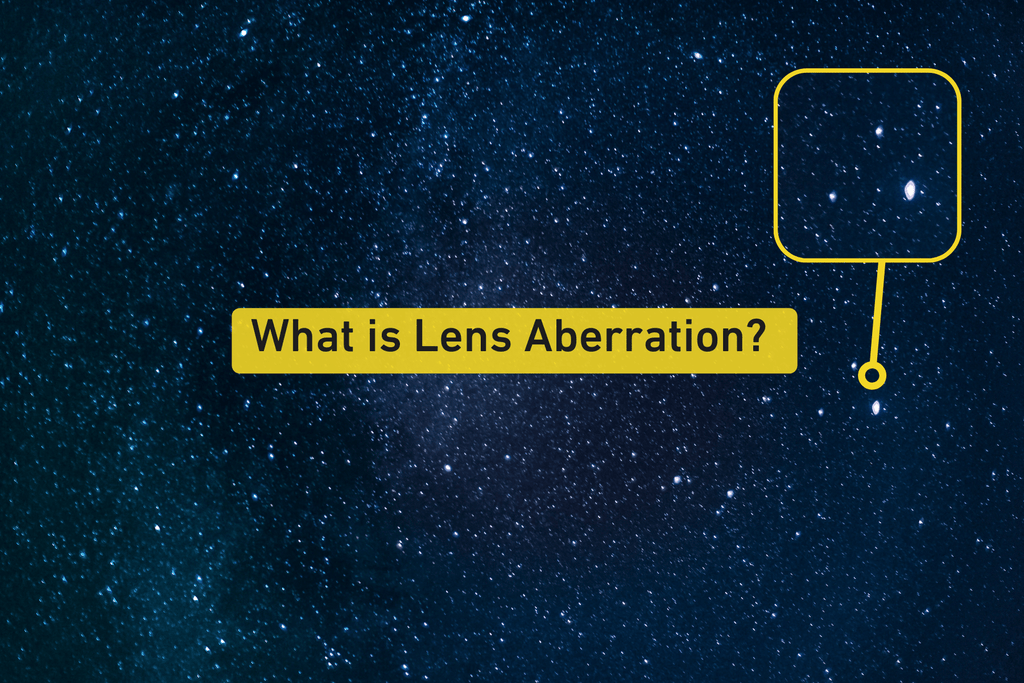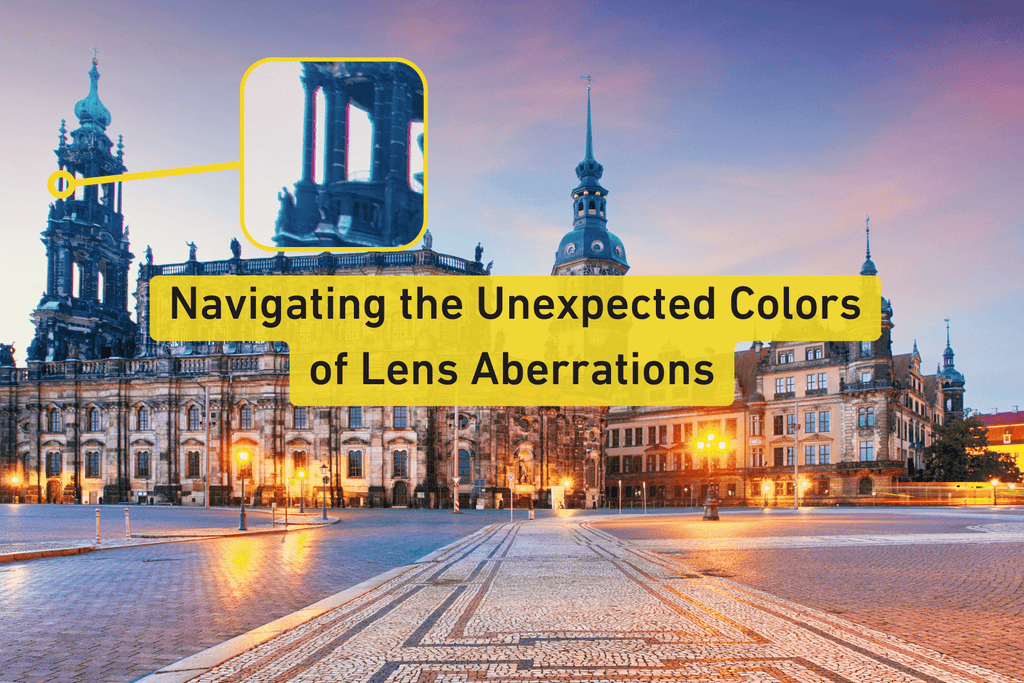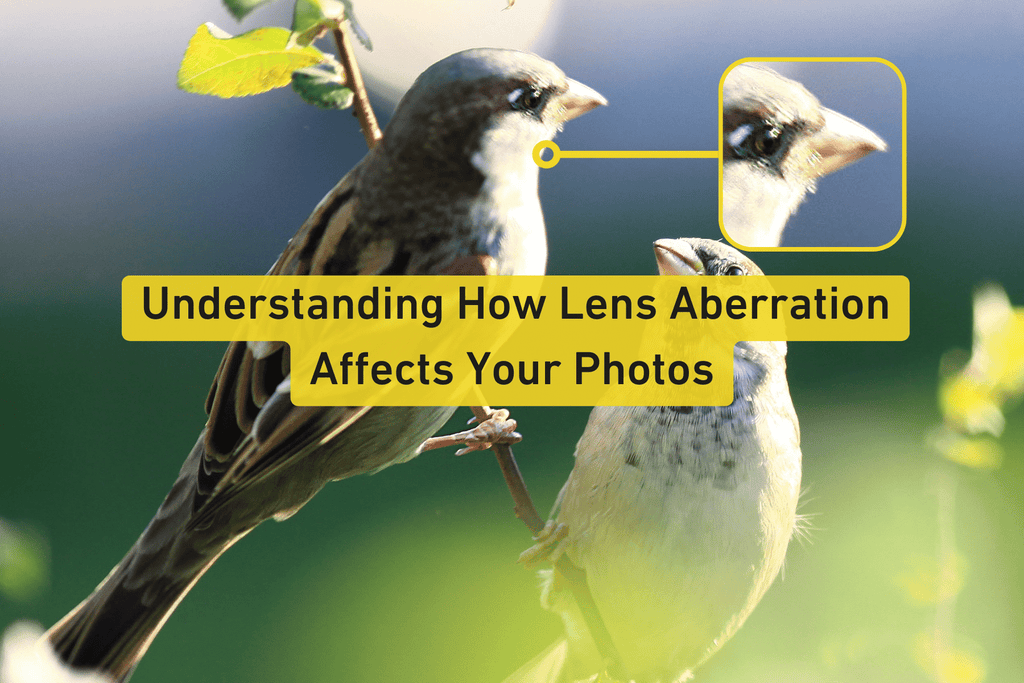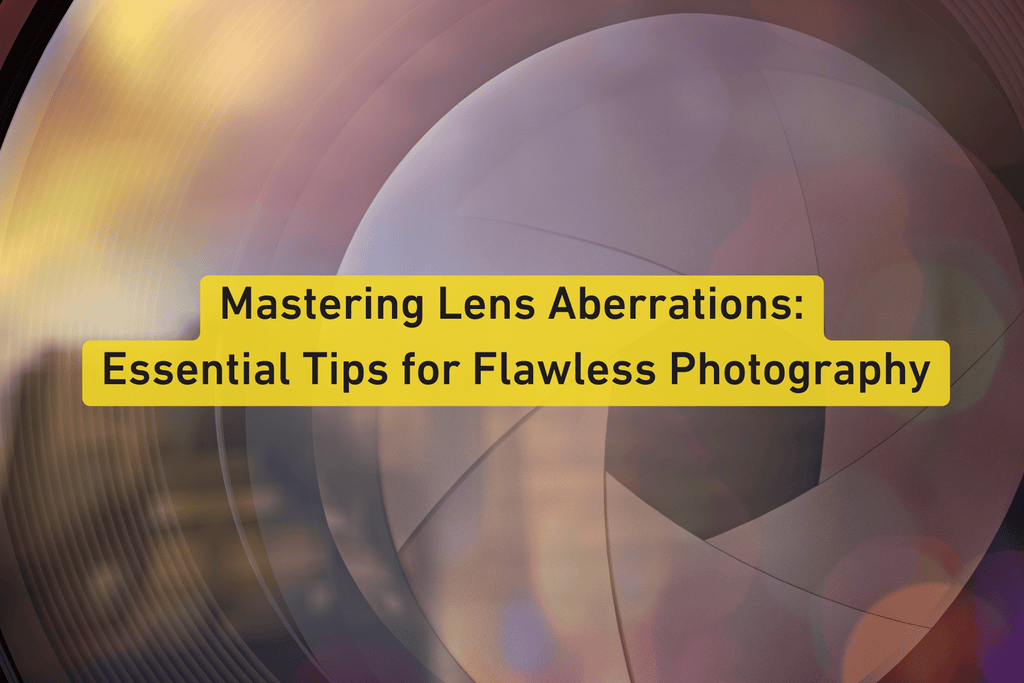Every part of photography aids in creating moments where landscapes and individuals are immortalized in incredible, sometimes even breathtaking, detail. Yet, for all the cool benefits that modern cameras and lenses offer, photographers face an ongoing challenge—yep, you guessed it: lens aberration.
Understanding Lens Aberrations: How to Correct and Embrace Them
- What is Lens Aberration?
- Decoding Lens Aberration
- Understanding the Mechanics of Lens Aberration
- Navigating the Unexpected Colors of Lens Aberrations
- Understanding How Lens Aberration Affects Your Photos
- Mastering Lens Aberrations: Essential Tips for Flawless Photography
- Conclusion: Embracing Challenges with Lens Aberration and Enhancing Photography Skills
In this blog-o-rama chock-full of facts, we take a hard stare at this pesky problem and try to figure out what lens aberration is and how to avoid it – uncovering the specifics about it and chatting about strategies you can use to prevent unwanted aberration in your photographs.

What is Lens Aberration?
Imagine lens aberration as a sneaky troublemaker hiding inside your camera lens, ready to mess with your pictures. It causes blurriness, weird colors, and dark corners in your photos. Even though all lenses have these problems to some degree, fancy new technology tries to fix them, making your pictures look more precise and sharper.
Lens aberration refers to imperfections in the way lenses focus light, leading to distortions or blurs in the images produced. These aberrations can arise from the physical properties of the lens materials, the design of the lens itself, and the way light behaves.

Decoding Lens Aberration
Imagine lens problems as different kinds of unwanted surprises in your photos:
Color Confusion
Chromatic aberration is like a party of colors swirling around the edges of objects in your pictures. It can make things look strange, not how they are.
Soft and Blurry
Spherical aberration is like a soft blanket covering the edges of your photos. It's like looking at a dream where everything is fuzzy and unclear.
Bent and Wobbly
Distortion occurs when straight lines in your pictures look crooked or shaky. It's like looking at a funny mirror that makes things look different than they really are.
Dark Corners
Vignetting is when the corners of your pictures are darker than the rest. It's like a shadow sneaking in from the sides, making you pay more attention to the middle of the image.

Understanding the Mechanics of Lens Aberration
Underneath it all, lens problems are like a dance between light and the glass inside the camera. It's a delicate balance where little flaws can affect how your pictures turn out. When light goes through the lens, it's like a race where some rays get mixed up, making your photographs not quite perfect. That's what we call lens aberration, and it's something photographers have to watch out for.

Navigating the Unexpected Colors of Lens Aberrations
In my quest for the best picture, I've also had some surprises with lens problems. Once, I was taking a picture of a beautiful landscape with golden sunlight. But then, I noticed something weird in the picture. The edges of things had strange colors, and it didn't look right. It was like the camera was playing tricks on me! Even though the scene was beautiful, those strange colors made it less special. It made me realize how tricky it can be to get a perfect picture with the light and the camera working together.

Understanding How Lens Aberration Affects Your Photos
Lens aberration can make a big difference in how your pictures turn out. Here's how it can affect your photos:
Image Quality
Sometimes, your pictures might not look as sharp or straightforward as you want them to. Lens aberrations can make them blurry and not as detailed.
Color Accuracy
Have you ever noticed that sometimes colors in your pictures look a little weird? That's because of lens aberration. It can make colors look different from how they really are, especially around the edges of things.
Distortion
Lens aberration can also change how things look in your photos. Sometimes, straight lines seem bent or curved, making your pictures look strange.
Vignetting
Vignetting occurs when the corners of your pictures look darker than the rest. It can draw your attention to the middle of the picture, but it might also make parts of the picture harder to see or give it a "filter-like" effect that can come off as cheesy. The main issue, however, is that there are general quality drops when vignettes appear in your image. This can also happen when the lens isn't in the correct format and the sensor is too large.

Mastering Lens Aberrations: Essential Tips for Flawless Photography
When we want our photos to look great, we must understand lens aberration. We must navigate a tricky maze to get the best pictures possible. Here are some tips:
Pick Great Lenses
Choose lenses that work well with your camera. They'll help you take pictures without any problems.
Use Tech Tricks
Your camera or computer has cool tools that can fix mistakes in your photos. It's like magic, making them look clearer and brighter.
Understand Aperture
Adjusting the aperture on your camera is super important. It's like tweaking a knob to make things in your photos sharper and clearer.
Related article: What is Aperture and How to Use It?
Light Matters
Pay attention to how much light you use when taking pictures. Too much or too little can cause problems, so try to find the perfect amount using a light meter.
Plan Your Shots
Think about all the little things before snapping a picture. Making sure everything's just right will help you avoid problems later on.
Related article: The Importance of Creating a Shotlist
Edit Like a Pro
After taking your photos, you can make them even better with special computer programs. You can change things like brightness and color to make your photos look exactly how you want them to.
Related article: The Importance of Editing Your Photos

Conclusion: Embracing Challenges with Lens Aberration and Enhancing Photography Skills
Taking pictures is a bit like going on an adventure, where we're always finding new things to learn, especially about something called lens aberration. It's a tricky little problem that can make our photos not look quite right. But we're determined, and with what we know, we can fix it and make our pictures look awesome.
Whether you're just beginning or you've been taking photos for a long while, there's always more to do to become a more confident photographer. Together, we'll keep exploring and getting better, solving the puzzles of lens aberration, and making our photos even cooler.
Related article: Taking Control: A Guide to Aperture Priority Mode
Related article: High-Key Photography: Creating Bright and Airy Images
Related article: Capturing Motion: A Guide to Achieving Stunning Motion Blur
Related article: Textures: The Unsung Heroes of Composition
Related article: What is Metering in Photography?
Related article: Symmetry and Symmetrical Framing












